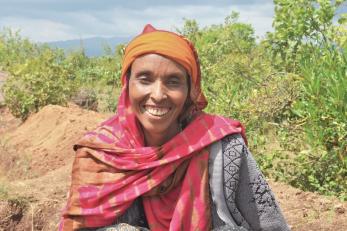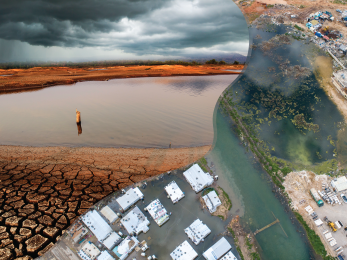Sustaining Improvements in Disaster Risk Management in Ethiopia’s Lowlands

May 29, 2024
Key Highlights of the DRM/PRM Implementation Survey
- The study assessed the effectiveness and capacity improvement of DRM (Disaster Risk Management)/Natural Resource Management actors. Specific areas of assessment included, evaluating community disaster planning, assessing government understanding and use of Participatory Rangeland Management (PRM) plans and Climate Adaptation Action Plans (CAAP)s, gauging awareness and action on climate change and improved natural resources, and measuring the inclusiveness of plans. The study employed descriptive qualitative analysis methodology.
- The major actions mainstreamed by the sectoral government offices in their plans and those implemented are I) conducting preparedness activities around cycles of drought and flood, ii) drought management, and iii) sanitation and hygiene related activities. Pasture management, water harvesting, fodder savings and flood diversion are the major actions implemented by the communities on their own as part of CAAP.
- Technical expertise is the most dominant form of support provided by the government sector office followed by budgetary and material support to implement the actions identified in the CAAP plans for disaster risk management. Labour contribution is the highest form of participation for all the three regions. The second form of participation is mobilisation for community meetings and other DRM-related events by providing time. The community is also found to be participating by providing in-kind support.
- The DRM council and RLC are struggling to sustain their roles of mobilizing the community and implementation of the actions identified in the CAAP and PRM plans due to financial resource constraint. Continued efforts need to be provided to the councils through involvement at different stages of the government’s bottom-up planning processes.
- The DRM councils do not have the all-round capacity to completely manage disaster risks throughout the DRM cycle at the community level. Additionally, service providers, both public and private, are not available to provide the technical capacities to the councils. It is recommended that RIPA invests in identifying the right training service providers with an appropriate curriculum.


